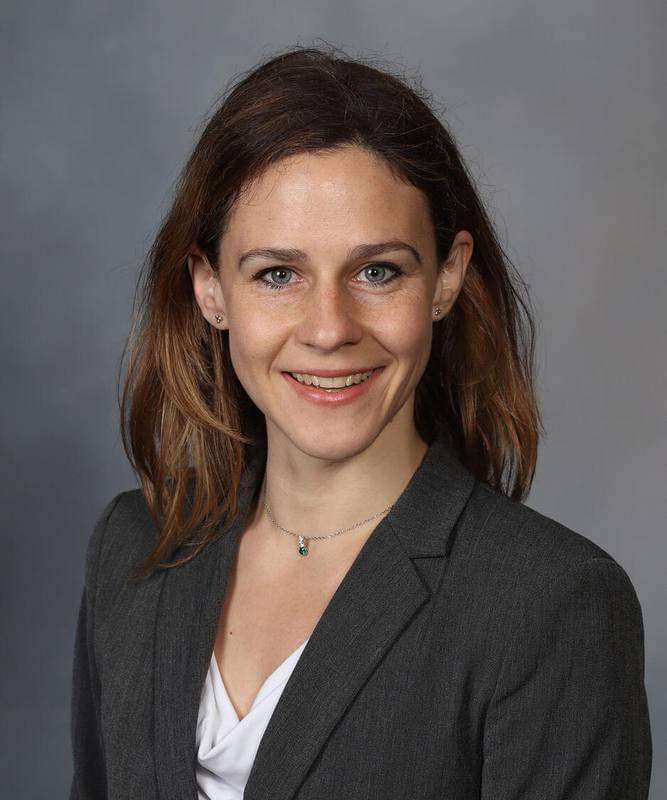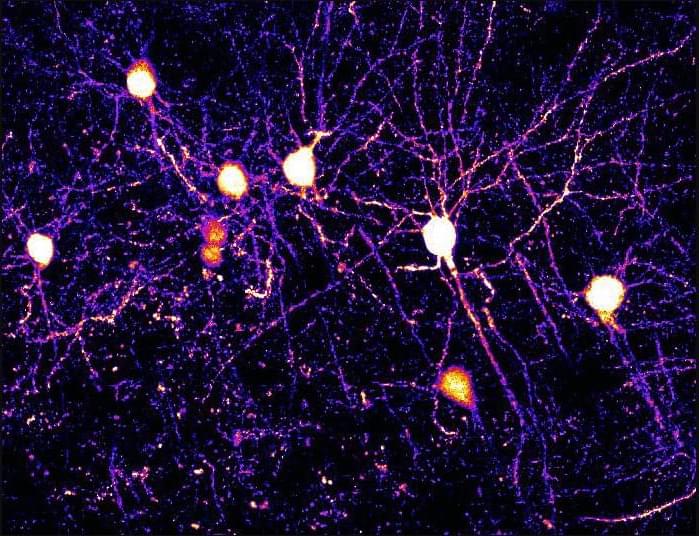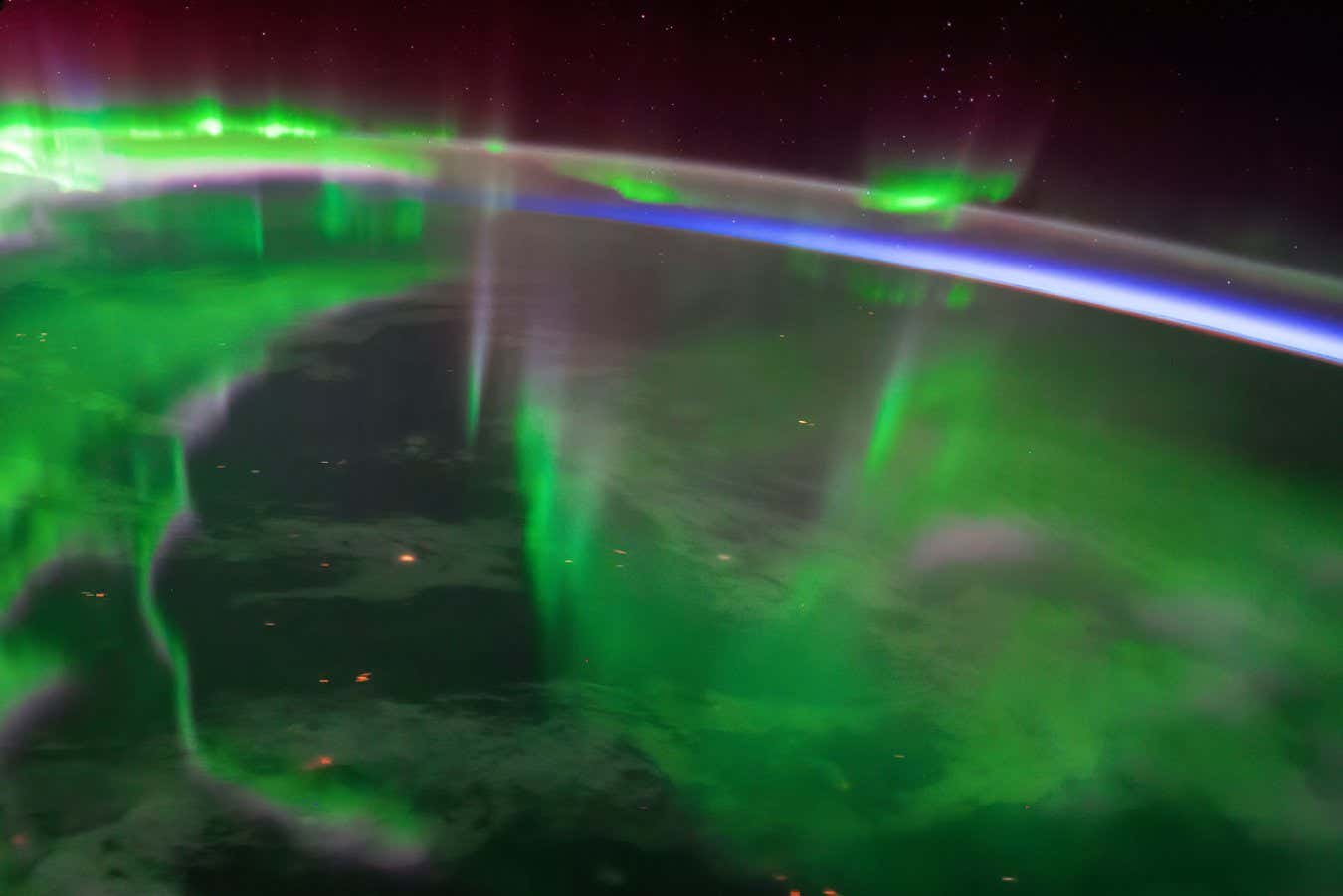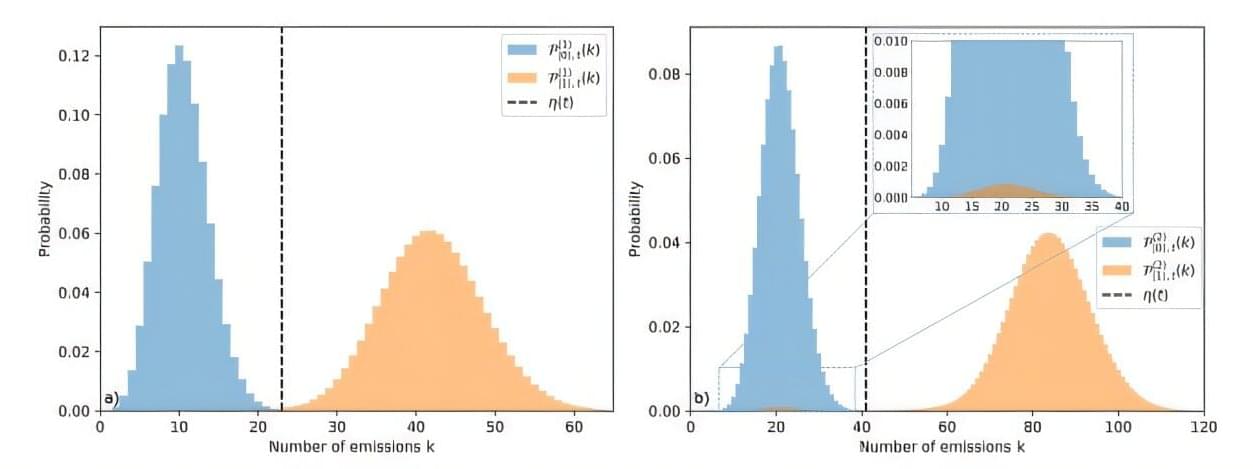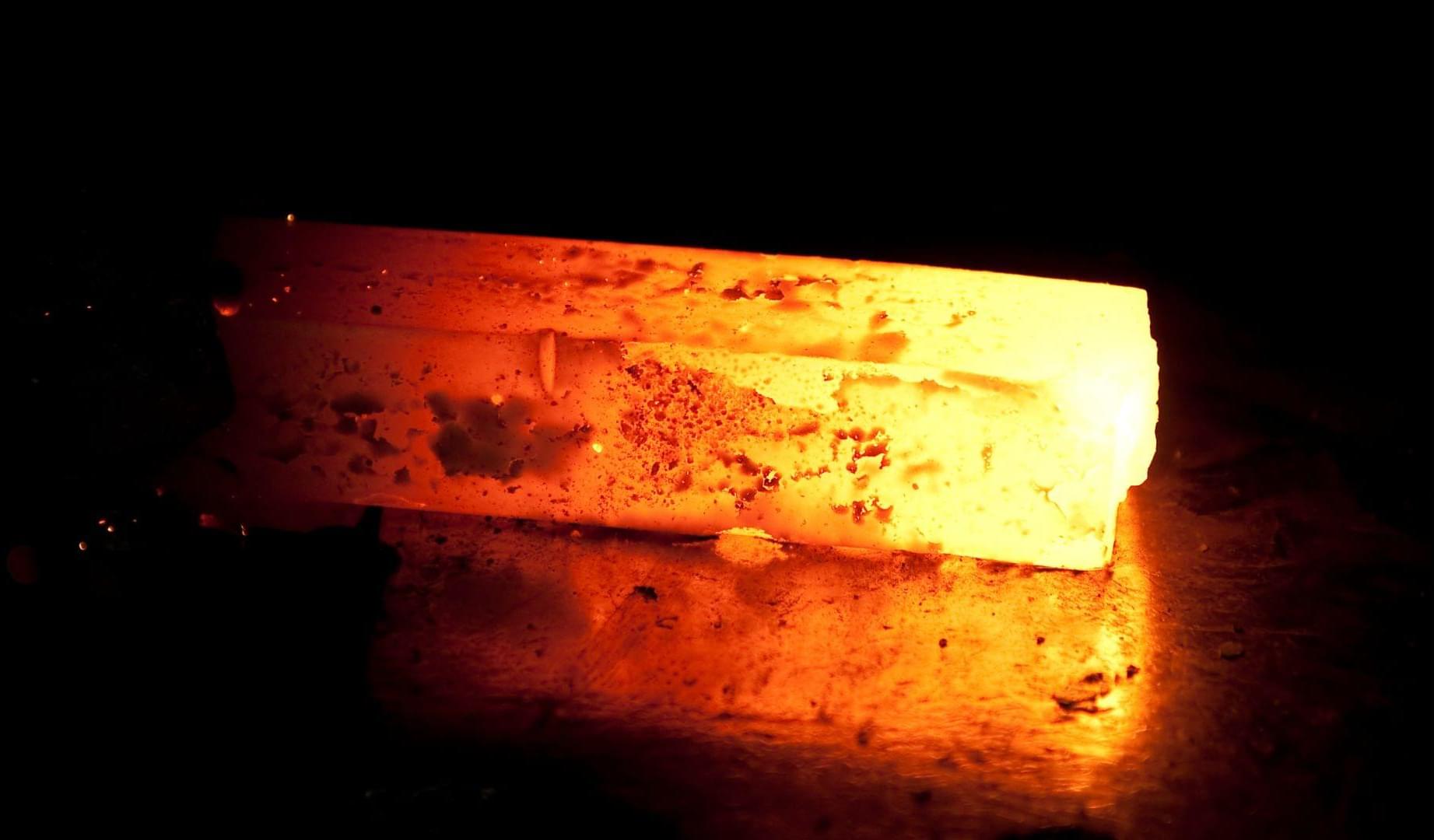Gödel’s incompleteness theorem is used by both advocates and adversaries of strong AI to show that computers can(not) perform the same feats as humans. This article extends the construction through which Gödel proved his theorem, in order to allow a broader interpretation, showing that neither side has exploited its arguments to the fullest extend, and that the evidence can never be conclusive.
Dr.ir. C.J.B. Jongeneel & prof.dr. H. Koppelaar, Delft University of Technology, Faculty of Technical Mathematics and Informatics, Section of Knowledge Based Systems.
1 Introduction

